Type: Article -> Category: AI Education
The Evolution of Artificial Intelligence
From Concept to Cutting-Edge Technology
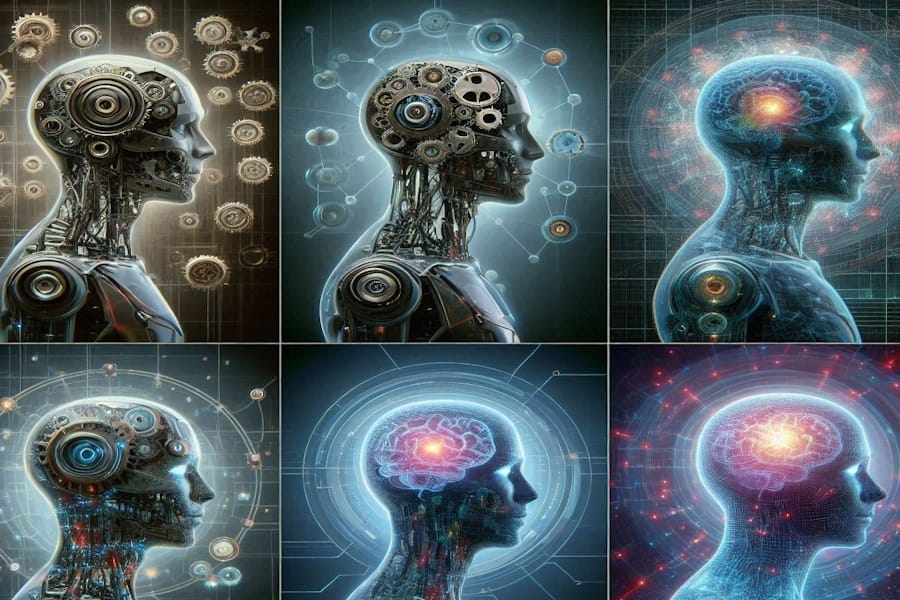
Publish Date: Last Updated: 10th November 2025
Author: nick smith- With the help of CHATGPT
Artificial intelligence (AI) has advanced from visionary theory to a force reshaping how we live, work, and think. Its story is one of evolving ideas, radical breakthroughs, and persistent ethical questions. Below, we chart the journey — past, present and into what lies ahead.
1. The Birth of AI: Early Concepts and Foundations
The roots of AI trace back well before modern computers — from myths of mechanical automata to philosophical speculation about thinking machines. But the formal foundations emerged in the 20th century.
- In 1950, Alan Turing proposed the “Turing Test” as a way to assess machine intelligence: could a computer imitate human responses indistinguishably?
- In 1956, at Dartmouth College, John McCarthy convened a workshop that coined the term artificial intelligence and galvanized researchers to explore whether machines could replicate human thought.
During the ensuing decades, AI research leaned heavily on symbolic methods and rule-based systems. These systems encoded expert knowledge into conditional rules (if/then statements). While effective in narrow domains, they could not generalize, learn from experience, or scale well to messy, real-world data.
2. The Rise of Machine Learning: Data-Driven Intelligence
In the 1980s and 1990s, AI shifted gears. Rather than explicitly programming every rule, researchers turned toward machine learning (ML) — letting systems learn patterns from data.
- Techniques like decision trees, support vector machines, and nearest neighbor classifiers allowed computers to classify, predict, and cluster.
- Neural networks (inspired loosely by brain structures) entered the picture, but their training was constrained by limited computing power and inadequate data.
Despite these challenges, machine learning became viable in real applications (for example, credit scoring, medical diagnostics, and basic predictive modeling). Still, its performance was modest relative to today’s standards.
3. The Deep Learning Revolution: From Shallow to Deep Networks
The 2010s marked a turning point with deep learning — multi-layer neural networks capable of hierarchical feature extraction.
- The 2012 victory of AlexNet in the ImageNet competition demonstrated that deep convolutional networks could vastly outperform prior approaches in image recognition.
- From there, models grew deeper and more complex, enabling dramatic advances in speech recognition, machine translation, computer vision, and more.
Today, powerful models like GPT-4, PaLM, Gemini, and BERT enable fluent natural language processing (NLP), code generation, reasoning, and multimodal tasks (combining vision, text, audio). These architectures have made understanding, generating, and interacting via language far more natural than was once possible.
4. AI in the Real World: Transformative Applications
AI’s integration into society is deep and growing. Some key domains include:
- Healthcare: AI supports diagnostic imaging, genomics, early disease detection, drug discovery, and personalized treatment plans.
- Finance: Algorithms detect fraud, assess credit risk, automate trading, and optimize portfolios.
- Transportation & Logistics: Autonomous vehicles, smart traffic systems, and predictive maintenance are now feasible.
- Consumer Tech & Assistants: Virtual assistants (e.g. Siri, Alexa), recommendation engines, and consumer chatbots embed AI into everyday life, constantly learning from user interactions.
In 2025 and beyond, we see even further adoption: small businesses are racing to integrate AI, with over half reportedly already using generative AI tools to boost efficiency and customer engagement.
5. Ethical, Social, and Regulatory Challenges
With power comes responsibility. As AI becomes more pervasive, a set of ethical and societal concerns have come to the fore:
- Bias & Fairness: If training data reflect social inequalities, AI systems may replicate or amplify them (in hiring, lending, law enforcement).
- Privacy & Surveillance: AI often relies on massive amounts of data, raising issues around consent, anonymization, and intrusive profiling.
- Job Displacement: Automation threatens certain roles; reskilling is essential to smooth transitions.
- Transparency & Accountability: Many models are “black boxes” — it’s challenging to explain why they made a given decision.
- Safety & Security: Adversarial attacks, misuse (e.g. deepfakes), and autonomous weapons are serious risks.
In response, governments and international bodies are building regulatory frameworks. The EU’s AI Act (enacted August 2024) adopts a risk-based approach, classifying AI systems by potential harm. Meanwhile, legislative activity globally has surged — AI is now the subject of hundreds of proposed regulations in numerous countries.
In February 2025, the AI Action Summit in Paris brought world leaders, technologists and civil society together to commit to “inclusive and sustainable AI” — emphasizing ethics, openness, and global cooperation.
6. Emerging Frontiers & Trends (2025+)
What’s next in AI’s trajectory? Several trends are shaping its near future:
Agentic & Autonomous AI
AI is shifting from passive tools (assistants) toward agentic systems: models that plan, act, and adapt with minimal human intervention. These agents can manage workflows, autonomously coordinate tasks, and make decisions across complex environments.
Multimodal & Contextual Models
Newer systems integrate text, images, audio, and video, enabling richer understanding and generation. Retrieval-Augmented Generation (RAG) and contextual AI combine external knowledge sources with generative models to improve factual accuracy.
This helps reduce issues like “hallucinations” in generative models.
Efficiency, Democratization & Open Models
The cost of running advanced AI is falling. Between late 2022 and 2024, the inference cost of GPT-3.5–level models dropped by over 280×. Hardware innovations, more energy-efficient chips, and model compression help make powerful models accessible to smaller labs and organizations.
Custom Silicon & AI Infrastructure
Specialized AI chips and architectures are proliferating. To run agentic and inference-intensive models, the hardware layer is becoming as crucial as the software.
Quantum & Hybrid Computing
Though still nascent, quantum computing may eventually accelerate optimizations and search tasks beyond classical capacity, influencing future AI systems.
Explainable AI & Trustworthy Architectures
As organizations demand clarity, explainable AI (XAI) is critical. Models must offer interpretable insights to users, regulators, and auditors.
Domain-Specific & Decentralized AI
Rather than generic “foundation” models, there’s growing demand for domain-specific systems (e.g. legal, medical, climate) and decentralized model training (spreading training across multiple nodes or regions).
7. Balancing Innovation & Responsibility
The dual imperative now is clear:
- Accelerate innovation — building smarter, more capable, and more efficient AI systems;
- Ensure responsibility — embedding ethics, safety, fairness, and human oversight from design through deployment.
Efforts like Human-Centered AI (HCAI) emphasize collaboration between humans and AI, rather than replacement — ensuring control, transparency, and trust.
It’s not enough to build what we can build; we must build what we should build. As AI becomes more entwined with society, interdisciplinary engagement — between technologists, policymakers, social scientists, and citizens — is indispensable.
Conclusion
From speculative dreams to transformative reality, AI’s evolution has been nothing short of extraordinary. Over the decades, theoretical foundations gave way to machine learning, then deep learning, and now agentic, multimodal systems pushing the boundaries of what machines can do.
But the story is still unfolding. The next chapters must reconcile bold progress with careful safeguards. If we succeed, AI may help us solve some of the gravest challenges of our age — from healthcare and climate to education and equitable opportunity.
AI History & Evolution on YouTube
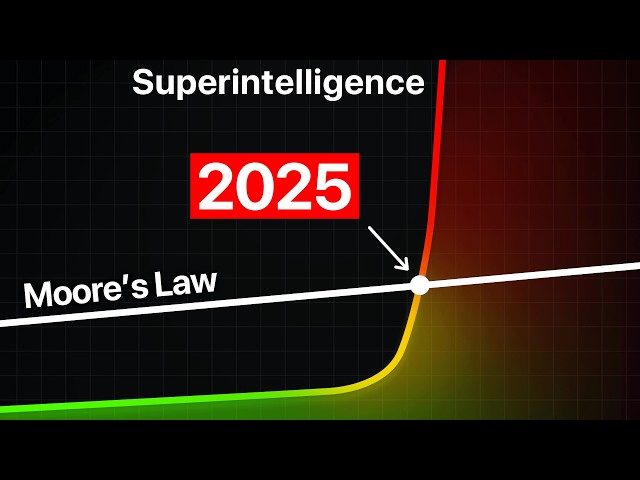
It Begins: AI Is Now Improving Itself
YouTube Channel: Species | Documenting AGI
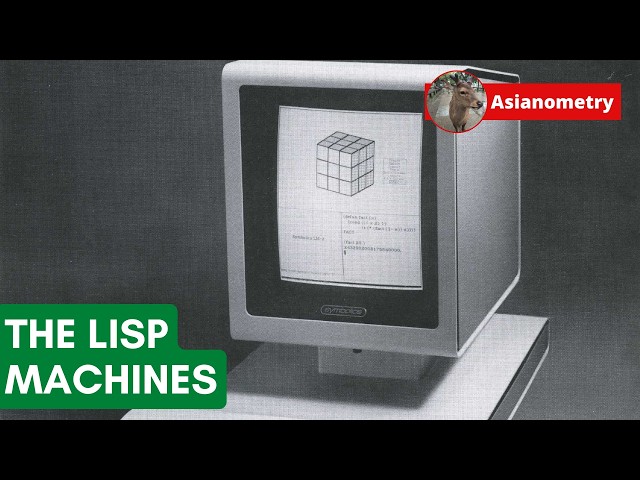
A Cult AI Computer’s Boom and Bust
YouTube Channel: Asianometry
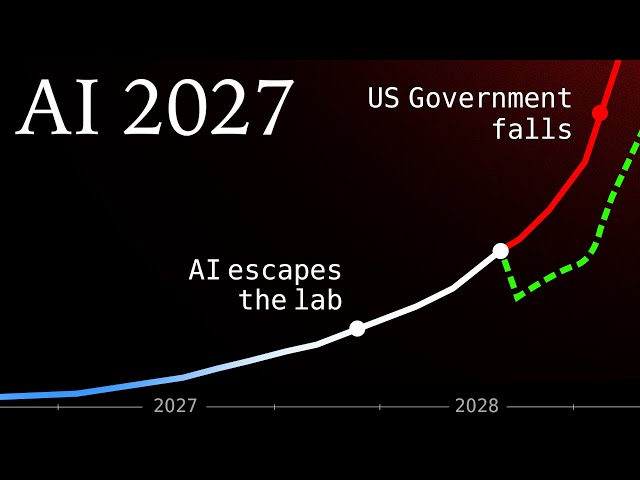
AI 2027: A Realistic Scenario of AI Takeover
YouTube Channel: Species | Documenting AGI
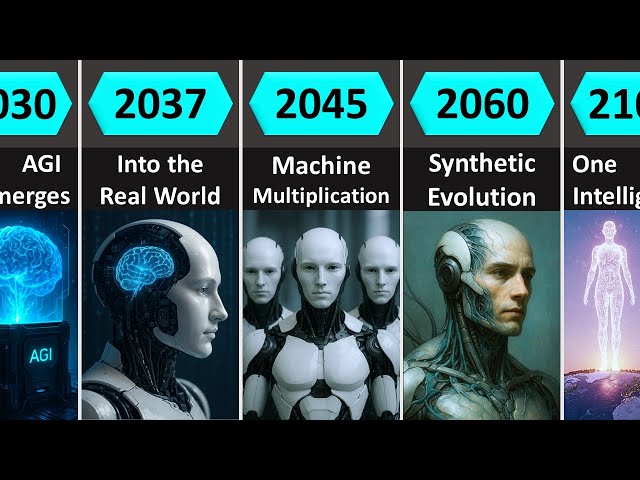
AI Takeover Timeline: How Machines Could Dominate the Future
YouTube Channel: Worldostats
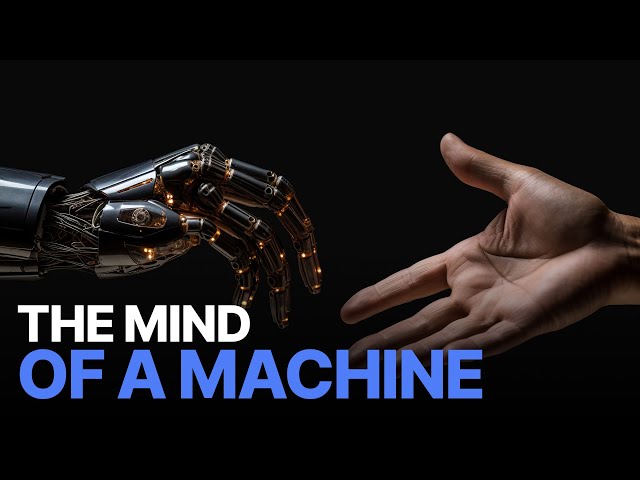
The Revolution of AI | The Mind of a Machine
YouTube Channel: HORIZON - Future Tech Infotainment
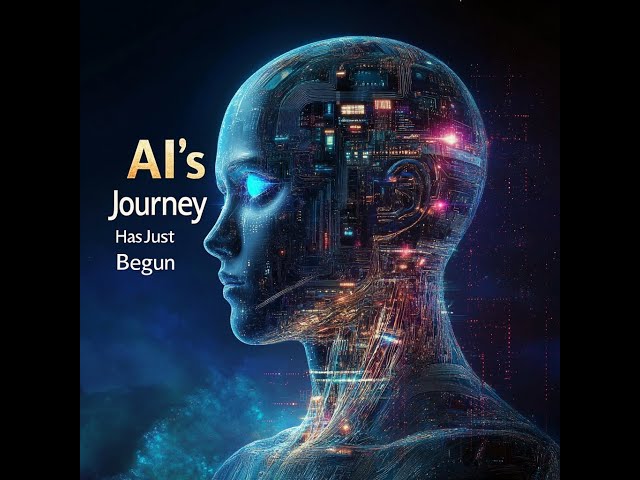
AI EXPERT Reveals Hidden History of Artificial Intelligence!
YouTube Channel: AI 4 The Win

Llama: The Open-Source AI Model that's Changing How We Think About AI
YouTube Channel: IBM Technology
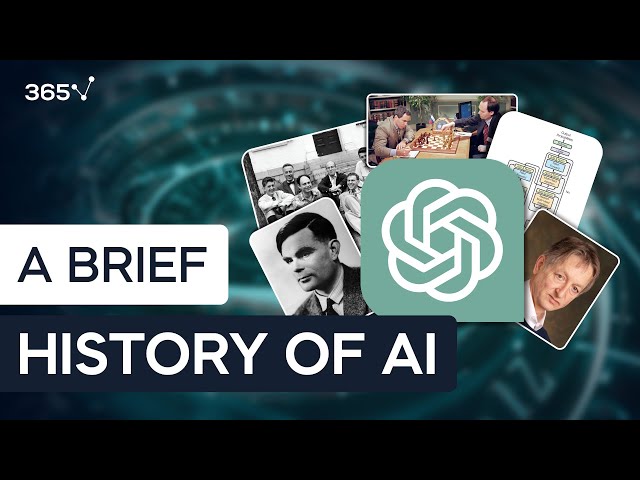
A Brief History of AI
YouTube Channel: 365 Data Science
Latest AI Articles
AI Questions and Answers section for The Evolution of Artificial Intelligence: From Concept to Cutting-Edge Technology
Welcome to a new feature where you can interact with our AI called Jeannie. You can ask her anything relating to this article. If this feature is available, you should see a small genie lamp above this text. Click on the lamp to start a chat or view the following questions that Jeannie has answered relating to The Evolution of Artificial Intelligence: From Concept to Cutting-Edge Technology.
Be the first to ask our Jeannie AI a question about this article
Look for the gold latern at the bottom right of your screen and click on it to enable Jeannie AI Chat.
Type: Article -> Category: AI Education










